Key Takeaways
- Precast concrete columns enhance structural integrity and longevity.
- They offer increased resistance to environmental stresses and reduce construction time.
- Versatility in design allows for aesthetic and practical applications.
- Precast columns contribute to cost-efficiency and sustainability in construction projects.
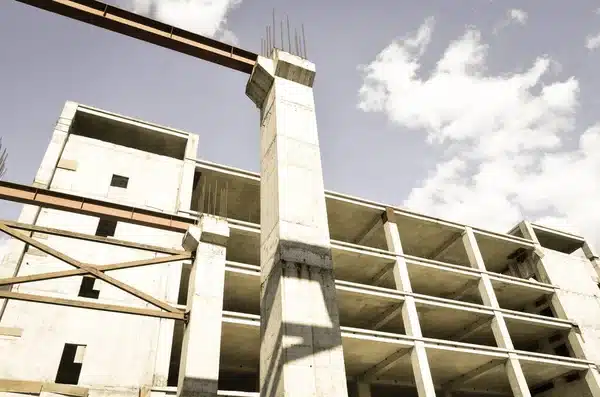
Introduction
In the dynamic world of construction, ensuring the durability and strength of structures is paramount. Precast concrete columns have emerged as a vital component in achieving these goals, providing architects and builders with an innovative solution that enhances the robustness and longevity of buildings. Using advanced production techniques, precast concrete columns offer a range of benefits that traditional construction methods often fail to deliver.
Unmatched Structural Integrity
Precast concrete columns are known for their unparalleled structural integrity. Produced in controlled factory environments, these columns are subject to stringent quality controls that ensure uniform strength and consistency. This controlled setting allows for the perfect curing conditions, resulting in columns with superior compressive strength and lower material properties variability than those cast on-site. As a result, buildings featuring precast concrete columns are inherently more stable and capable of withstanding significant loads without compromising their structural integrity. Precast concrete columns also offer faster construction timelines, as they are manufactured in advance and can be quickly installed on-site, reducing overall project duration. Additionally, their resistance to environmental factors such as moisture and temperature changes ensures long-term durability and minimal maintenance.
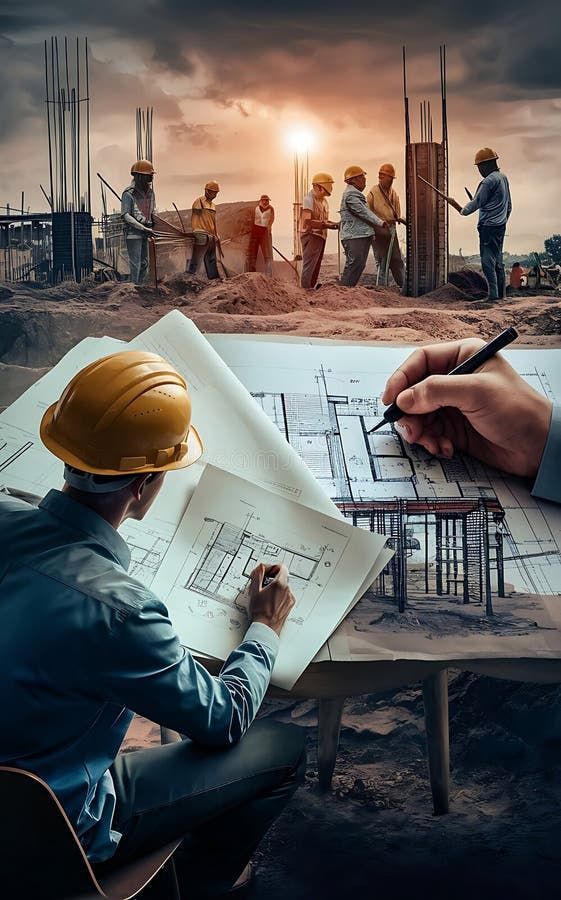
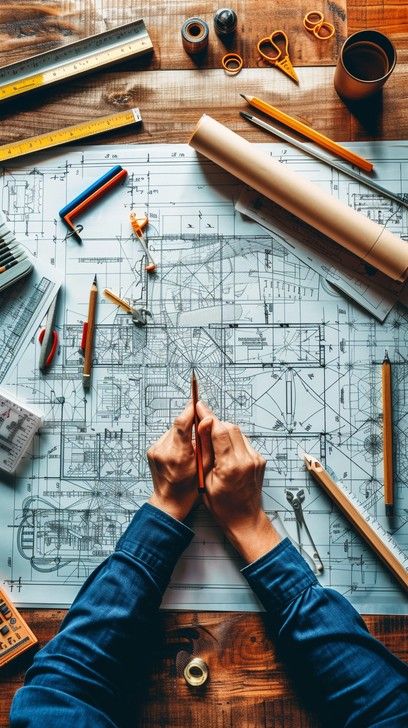
Enhanced Resistance to Environmental Stressors
Deterioration due to environmental factors is a significant concern for any building material. Precast concrete columns are designed to offer exceptional resistance to a broad range of environmental stressors. Their dense structure makes them highly resistant to moisture infiltration, which is a leading cause of degradation in traditional building materials. Additionally, their resilience against seismic activities and wind forces makes them an ideal choice for buildings in areas prone to natural disasters, significantly reducing the need for repairs and maintenance.
Reduced Construction Time
Time is often a critical factor in construction projects, and any measures that can abbreviate timelines are welcome. Precast concrete columns contribute significantly to reducing construction time. Since these columns are manufactured off-site, they can be installed quickly and efficiently upon delivery, often requiring minimal labor. This accelerates the construction schedule and allows for faster project completion, which can be crucial in urban development projects where time and space are at a premium. The speed of installation also reduces the exposure to weather conditions that can delay traditional construction processes.
Versatility in Design
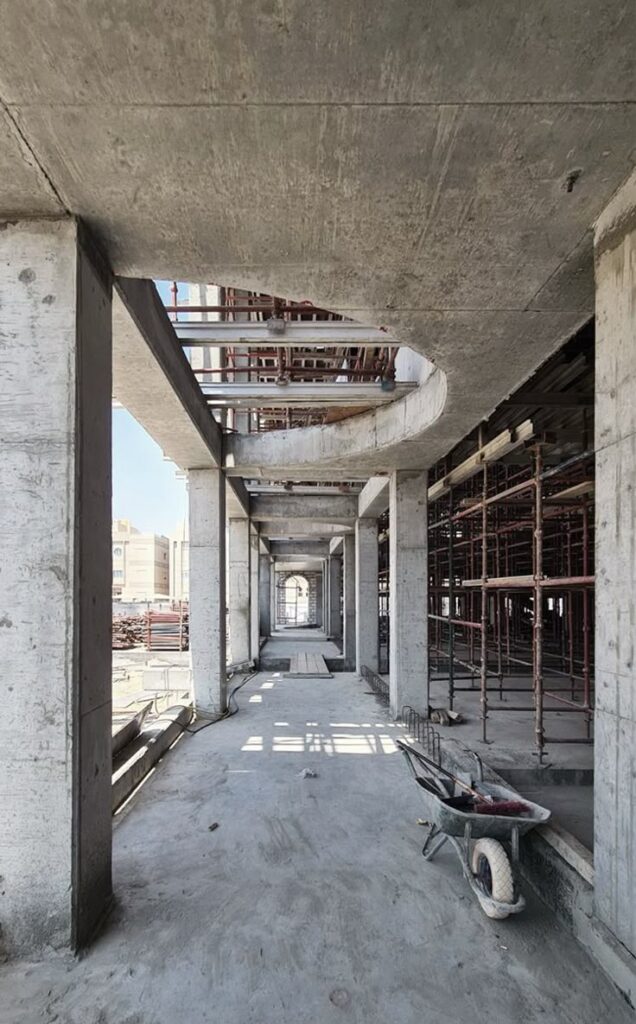
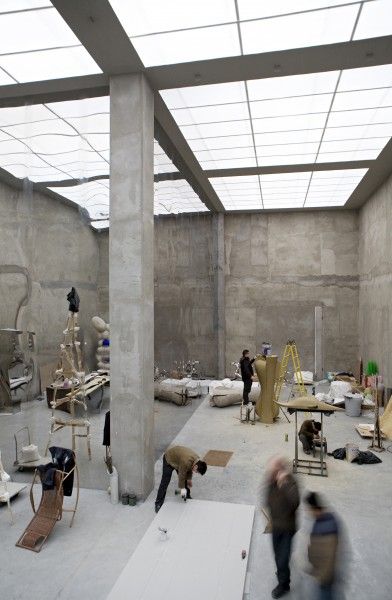
Another compelling advantage of precast concrete columns is that they are versatile, making them a popular choice among architects and builders. These columns can be customized to fit various design specifications, allowing for aesthetic and practical applications. Whether it is for creating long-span spaces without the need for intermediate supports or achieving a desired architectural style, precast concrete columns offer the flexibility to meet diverse design needs. This adaptability does not come at the expense of performance, as these columns maintain their strength and durability regardless of the design intricacies.
Cost-Efficiency
Budget considerations often play a pivotal role in construction planning, and precast concrete columns offer significant cost-saving advantages. The faster construction times and reduced labor costs contribute to overall project savings. Moreover, their longevity and low maintenance requirements translate into long-term economic benefits for building owners. Importantly, the durability and reliability of these columns mean that they require fewer repairs over the building’s lifespan, further enhancing their cost-effectiveness. Additionally, producing them in high volumes allows for economies of scale, which can significantly lower the unit cost.
Sustainable Construction Practices
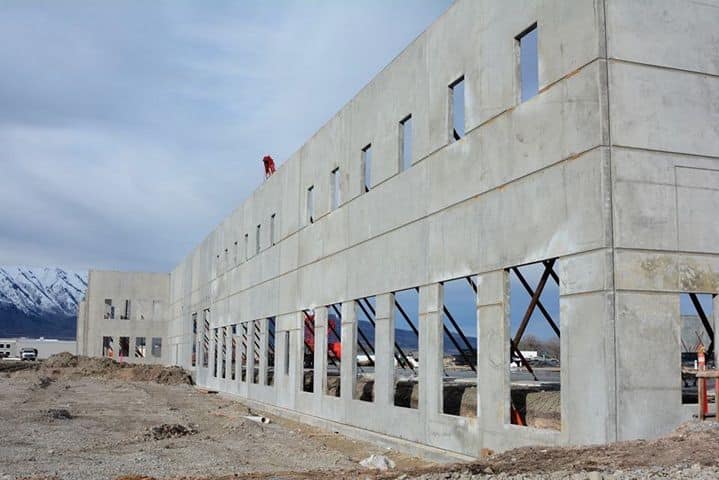
As the construction industry increasingly shifts toward sustainable building practices, precast concrete columns are valuable. The production process for these columns is resource-efficient, with minimal waste generated compared to traditional methods. Furthermore, their durability and long service life reduce the replacement frequency, thereby decreasing resource consumption over time. Many manufacturers also incorporate recycled materials into their products, enhancing their environmental credentials. By choosing precast concrete columns, builders make a positive environmental impact while benefiting from a product that supports sustainable development without sacrificing performance.
Conclusion
Precast concrete columns represent a fusion of innovation and practicality in modern construction. Their ability to significantly improve building durability is a cornerstone in developing resilient structures that stand the test of time. From unmatched structural integrity and environmental resistance to expedited construction times and cost-efficiency, the benefits of precast concrete columns are numerous and impactful. As the demand for robust and sustainable building solutions continues to grow, precast concrete columns are poised to play a pivotal role in shaping the future of construction, ensuring that buildings are strong and durable, and economically and environmentally sustainable.
- 341shares
- Facebook0
- Pinterest341
- Twitter0
- Reddit0



